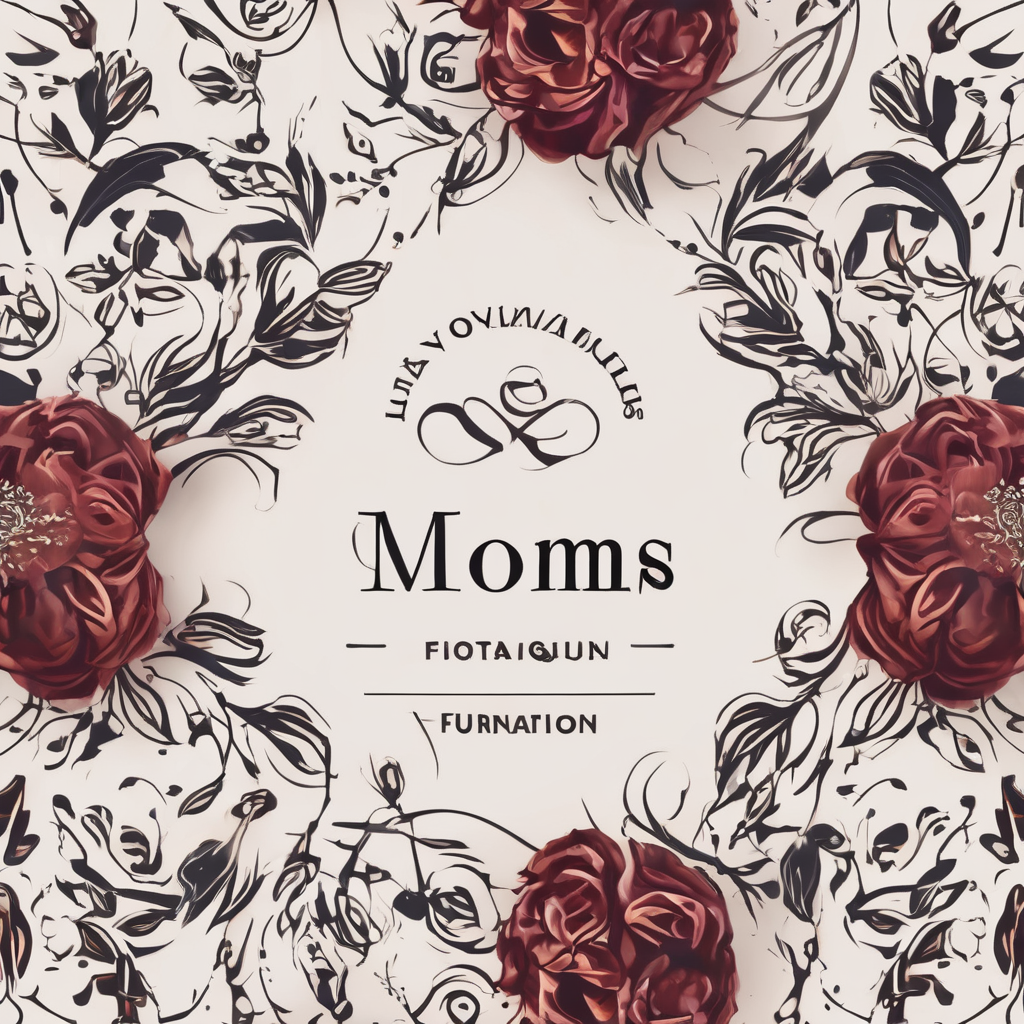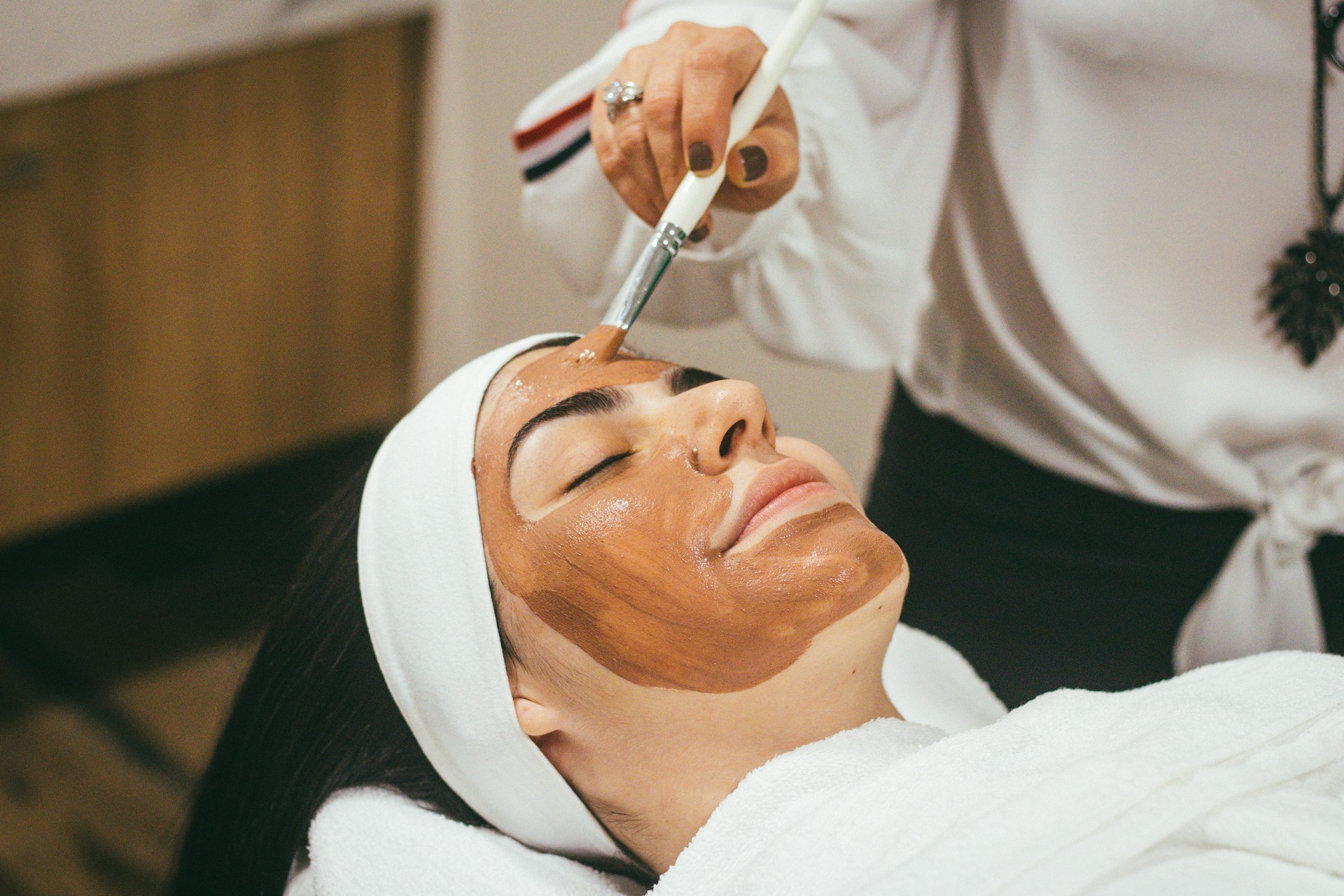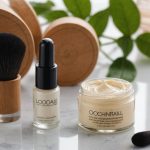Eco-friendly beauty is more than a trend; it’s a commitment to a sustainable future for our planet. By adopting mindful practices in skincare and makeup, you can significantly reduce waste while enhancing your natural beauty. Discover practical tips to make informed choices about product selection, packaging, and usage. Embrace eco-friendly alternatives that not only uplift your skincare routine but also contribute to a cleaner environment. Your journey toward sustainable beauty starts here, transforming daily rituals into impactful actions.
Understanding the Environmental Impact of Beauty Practices
The beauty industry significantly contributes to environmental waste, with millions of products discarded annually. This waste includes plastic packaging and chemical-laden products that often end up in landfills and oceans. Plastic, a major component of beauty packaging, takes hundreds of years to decompose, posing a long-term threat to ecosystems. Chemicals in beauty products can leach into water systems, affecting aquatic life and biodiversity.
Also read : Discover Herbal Teas to Enhance Your Skin and Hair: Beauty Benefits Unveiled
Sustainable practices in beauty are crucial to mitigate these impacts. By choosing products with biodegradable packaging and natural ingredients, consumers can reduce their ecological footprint. Many brands are now adopting eco-friendly measures, such as refillable containers and minimal packaging, to lessen their environmental impact.
The importance of sustainability in beauty choices extends beyond individual actions. It requires a collective effort from consumers, manufacturers, and policymakers to drive change. Supporting brands that prioritise sustainability can encourage more companies to adopt environmentally friendly practices.
Additional reading : Shield Your Skin: Effective Strategies to Combat Hard Water Effects in the UK
Ultimately, embracing sustainable beauty practices not only benefits the planet but also promotes healthier lifestyles. By being mindful of the environmental impact of beauty products, individuals can contribute to a more sustainable future.
Choosing Sustainable Beauty Products
In the quest for sustainable beauty products, it’s essential to consider several criteria. First, look for eco-friendly ingredients that are naturally derived and biodegradable. These ingredients not only reduce environmental harm but also tend to be gentler on the skin.
When selecting skincare and makeup, prioritise products that boast certifications like USDA Organic or EcoCert. These labels ensure that the products meet stringent environmental and ethical standards.
The benefits of choosing natural and organic ingredients extend beyond sustainability. They often contain fewer harmful chemicals, reducing the risk of skin irritation and promoting overall skin health. Ingredients such as aloe vera, shea butter, and coconut oil are excellent examples of eco-friendly options that nourish the skin.
Several brands are making significant strides in sustainability. For instance, brands like Lush and The Body Shop are renowned for their commitment to ethical sourcing and minimal packaging. These companies often provide refillable options, reducing waste and encouraging recycling.
By opting for sustainable beauty products, consumers can support a healthier planet while enjoying the benefits of natural skincare and makeup. This conscious choice can drive demand for more brands to follow suit, fostering a more sustainable beauty industry.
Reducing Packaging Waste
In the realm of beauty, packaging waste reduction is a pivotal step toward sustainability. The beauty industry is notorious for excessive packaging, often using non-recyclable materials that contribute significantly to environmental degradation. Embracing zero waste beauty practices can mitigate these effects by minimising waste and promoting eco-friendly alternatives.
One effective strategy is opting for products with minimal and recyclable packaging. Consumers should seek out brands that prioritise sustainable packaging options, such as glass, metal, or biodegradable materials. These materials are not only environmentally friendly but also often enhance the product’s aesthetic appeal.
Brands like Ethique and Axiology are leading the charge with innovative solutions. Ethique offers solid beauty bars that eliminate the need for plastic bottles, while Axiology provides lipsticks in recyclable, plastic-free tubes. These examples demonstrate that reducing packaging waste is not only feasible but also stylish.
To further support packaging waste reduction, consumers can adopt practices like buying in bulk or choosing refillable options. By making conscientious choices, individuals can significantly reduce their ecological footprint and encourage the beauty industry to embrace zero waste beauty. This shift is essential for fostering a more sustainable future in beauty practices.
DIY Beauty Solutions
Creating your own beauty products offers numerous benefits, from reducing packaging waste to ensuring natural beauty solutions. DIY beauty recipes allow you to control the ingredients, making it easier to avoid harmful chemicals and prioritise eco-friendly components. This approach not only supports sustainability but can also be cost-effective and tailored to personal preferences.
For those interested in DIY beauty recipes, there are several easy options to explore. For skincare, a simple face mask can be made using ingredients like honey, oatmeal, and yoghurt, which are both nourishing and gentle on the skin. For makeup, consider creating a natural lip balm using beeswax, coconut oil, and a hint of beetroot powder for colour. These recipes are not only straightforward but also utilise ingredients that are often readily available at home.
When sourcing sustainable ingredients for your DIY projects, opt for organic and locally produced options whenever possible. This supports local economies and reduces the carbon footprint associated with transportation. Additionally, buying in bulk can minimise packaging waste. By embracing natural beauty solutions through DIY methods, you can enjoy personalised products while contributing to a more sustainable beauty routine.
Recycling and Upcycling in Beauty
Recycling and upcycling are essential practices in reducing the environmental footprint of the beauty industry. Many common beauty products can be recycled, including plastic bottles, glass jars, and aluminium cans. These materials are often used for shampoos, lotions, and deodorants. However, it’s crucial to clean and dry containers before recycling to avoid contamination.
Upcycling beauty products is a creative way to extend the life of empty containers and tools. For instance, glass jars can be repurposed as plant pots or candle holders, while old makeup brushes can be used for cleaning delicate items or as crafting tools. Lipstick tubes can be transformed into travel-sized containers for creams or lotions.
Finding local recycling programs can be facilitated through resources like Earth911 or local government websites, which often provide detailed information on recycling facilities and accepted materials. Additionally, some beauty brands offer take-back programs, allowing customers to return empty containers for recycling or reuse. Participating in these programs not only supports sustainable practices but also encourages brands to continue improving their environmental efforts. By embracing beauty recycling and upcycling, consumers can play a pivotal role in promoting a more sustainable beauty industry.
Eco-Conscious Beauty Brands to Consider
In the journey towards a more sustainable lifestyle, choosing eco-friendly beauty brands is a pivotal step. These brands prioritise environmental responsibility, offering products that align with both ethical and ecological standards.
Several sustainable beauty companies stand out for their commitment to reducing environmental impact. Brands like Tata Harper and Herbivore Botanicals lead the way, with their dedication to using natural, non-toxic ingredients and eco-friendly packaging. They ensure that their products are not only beneficial for the skin but also kind to the planet.
To identify truly sustainable brands, look for features such as transparent ingredient sourcing, cruelty-free certifications, and the use of renewable resources. Brands that invest in sustainable practices often highlight their efforts through certifications like Leaping Bunny or Fair Trade, which assure ethical production processes.
When evaluating a beauty brand’s sustainability, consider their packaging choices. Opt for companies that utilise recyclable or biodegradable materials. Additionally, trustworthy sustainable brands often engage in community initiatives or environmental projects, showcasing their broader commitment to sustainability. By supporting these companies, consumers can contribute to a more environmentally conscious beauty industry.
Building a Sustainable Beauty Routine
Creating a sustainable beauty routine involves several thoughtful steps that can make a significant difference in reducing environmental impact. Transitioning to a more eco-friendly lifestyle begins with mindful consumption, where each product choice is deliberate and considers its ecological footprint.
Start by assessing your current beauty products and identifying those that align with eco-friendly skincare principles. Prioritise items with biodegradable packaging and natural ingredients, as these are less harmful to the environment. Rotating products is also crucial, ensuring that you use up existing items before purchasing new ones. This reduces waste and encourages a minimalist approach.
Incorporating eco-friendly products into daily life can be seamless. Begin with small changes, such as switching to a bamboo toothbrush or a reusable makeup remover pad. Gradually replace conventional items with sustainable alternatives, like solid shampoo bars or refillable containers.
- Steps to transition: Evaluate current products, rotate usage, and replace with eco-friendly options.
- Mindful consumption: Choose products with minimal packaging and natural ingredients.
- Daily incorporation: Use sustainable items like bamboo toothbrushes and reusable pads.
By making these conscious choices, you can build a sustainable beauty routine that supports both personal wellness and environmental health.
Resources for Further Learning
To deepen your understanding of sustainable beauty practices, a wealth of sustainability resources is available. These resources offer valuable insights into eco-friendly beauty and provide guidance for making informed choices.
Recommended Books and Articles: Dive into literature that explores sustainable beauty. Books like “Green Beauty Recipes” by Julie Gabriel offer practical DIY solutions, while articles in publications such as “Sustainable Beauty” in Vogue provide industry insights. These resources equip readers with knowledge on eco-friendly ingredients and practices.
Online Communities and Platforms: Engage with like-minded individuals through platforms dedicated to beauty education. Websites like Eco Warrior Princess and forums on Reddit’s “Zero Waste” community offer a space to share experiences and tips. These communities foster discussions on sustainable beauty trends and innovations.
Workshops and Events: Attend workshops and events focused on sustainability in beauty to gain hands-on experience. Organisations often host events where participants can learn about eco-conscious beauty techniques. Workshops may cover topics such as creating natural skincare products or understanding sustainable packaging.
By exploring these resources, individuals can enhance their knowledge and actively participate in promoting a more sustainable beauty industry.











